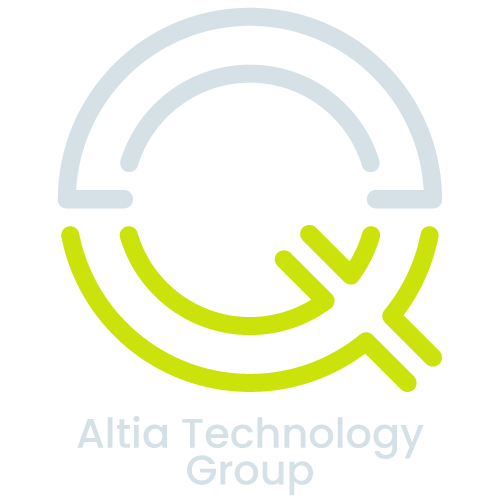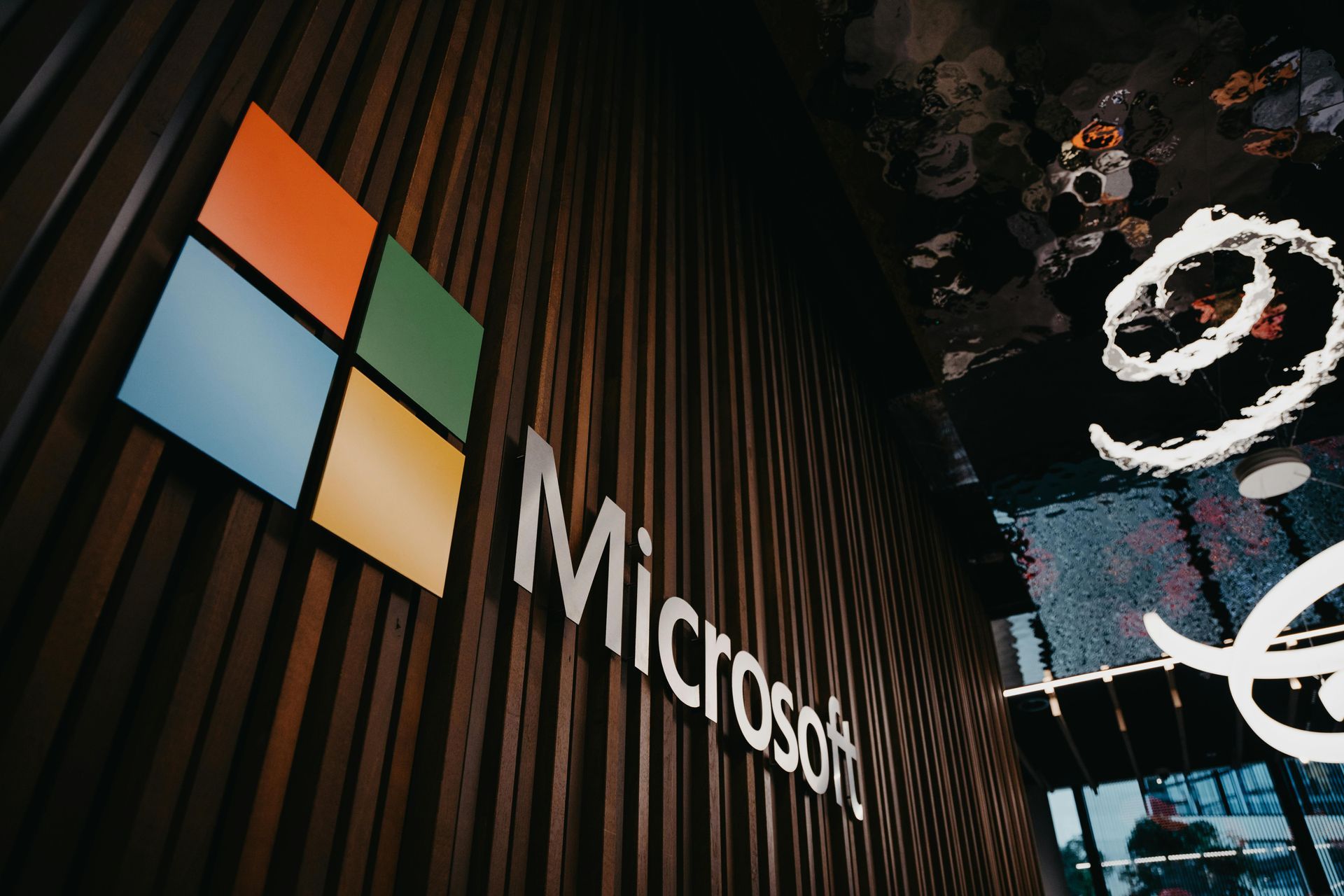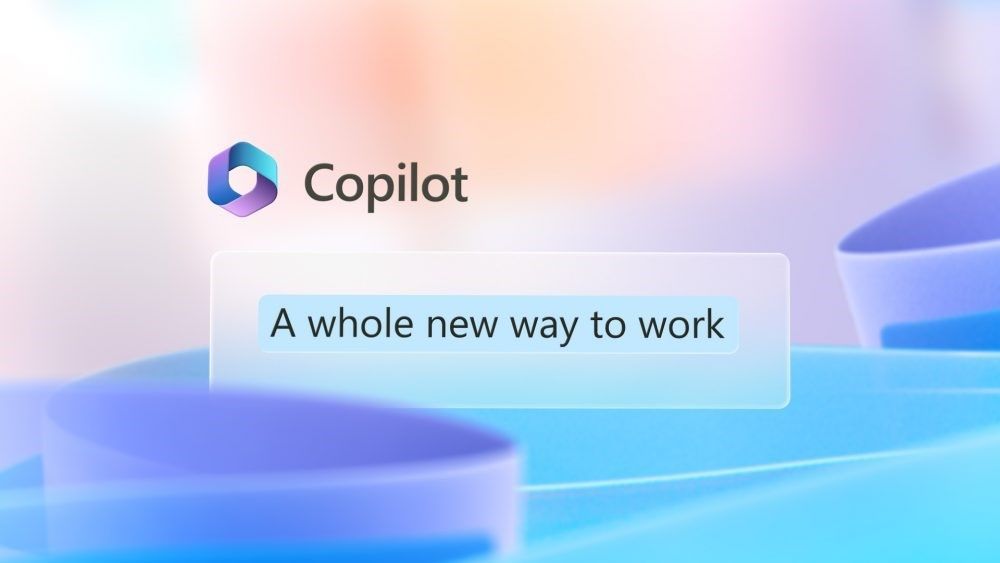Microsoft Enterprise Agreement Changes: What You Need to Know Before November 1st
From November 1st, 2025, Microsoft is making a significant change to Enterprise Agreement pricing that could increase costs for many UK organisations by 6-12% or more.
For years, Microsoft's EA pricing worked on a tiered volume discount system. Purchase more licences, unlock better pricing tiers (Level A through D). Larger organisations enjoyed deeper discounts simply by virtue of their size. That model is ending.

What's Actually Changing?
Microsoft is removing volume-based pricing tiers for Online Services across Enterprise Agreements, Microsoft Products and Services Agreements, and Open Value Subscription Agreements.
Here's what this means practically. All customers will now pay Level A pricing regardless of their organisation size or historical spend. If you've been benefiting from Level B, C, or D discounts, those advantages disappear at your next renewal.
The change applies specifically to Online Services including Microsoft 365, Dynamics 365, Power Platform, and GitHub. On-premises software and Azure purchased through EA remain unaffected for now. Changes take effect at renewal or when purchasing new services not already on your Customer Price Sheet.
Why This Matters
This isn't a minor pricing adjustment. Organisations previously enjoying Level B, C, or D pricing could see their discounts vanish overnight. For a 500-seat organisation with Level C pricing, this could translate to tens of thousands of pounds in additional annual costs.
The timing is particularly challenging. Microsoft has been adjusting pricing more frequently in recent years, responding to currency fluctuations and global market conditions. UK businesses already facing economic uncertainty now need to absorb potentially significant Microsoft cost increases.
For enterprises managing hundreds or thousands of seats, the financial impact demands immediate attention. Budget forecasts made six months ago may no longer reflect actual Microsoft spend post-November 1st.
What Should You Do Next?
Every organisation's Microsoft estate differs, so there's no universal response. However, this change creates a clear opportunity to reassess your entire Microsoft licensing strategy rather than simply accepting higher costs.
Many enterprises are discovering that the Cloud Solution Provider programme offers compelling alternatives to traditional Enterprise Agreements, particularly in light of these EA changes.
How CSP Offers Different Value
Unlike the increasingly rigid Enterprise Agreement model, CSP provides flexibility that many organisations find better suits modern business needs.
Contract terms are more flexible, with options for monthly, annual, or multi-year commitments based on your actual requirements rather than Microsoft's preferred contract structure. There are no minimum seat requirements, making CSP suitable whether you have 50 or 5,000 users. Growth plans don't force you into uncomfortable commitments.
Pricing through transparent CSP partners can be highly competitive, especially now that EA volume discounts are disappearing. Many organisations discover that CSP pricing matches or beats their historical EA rates, even before the November changes. After November, the comparison becomes even more favourable.
Support relationships differ fundamentally. With EA, you're primarily dealing with Microsoft's enterprise sales machine and standard support channels. With CSP, you have a direct relationship with your partner who typically provides more responsive, personalised support. For complex licensing questions or urgent technical issues, this difference in responsiveness can be substantial.
The November Deadline
If your EA renewal falls before November 1st, you'll lock in your current pricing tier for the renewal period. However, this simply delays the inevitable if you renew into another EA term. The question becomes whether delaying makes strategic sense or whether proactively exploring alternatives now serves you better.
For renewals after November 1st, the new pricing structure applies immediately. This gives you a narrow window to evaluate whether EA still represents your best option or whether alternatives like CSP deliver better value going forward.
Understanding Your Impact
The financial impact varies significantly based on your current EA pricing tier and the specific Online Services you consume. Organisations on Level A pricing see no change. Those on Level B, C, or D face increases, with Level D customers experiencing the largest impact.
A practical example illustrates the scale. A 300-seat organisation currently on Level C pricing for Microsoft 365 E3 might see their annual costs increase by approximately £8,000-£12,000 purely due to this tier change. That's real money that could be invested elsewhere in IT or retained as savings.
Taking Action
Now is the time to understand exactly how these changes affect your organisation and what alternatives exist. Waiting until your renewal notification arrives leaves little time for thorough evaluation and potential migration if you decide EA no longer serves your needs.
A comprehensive licensing impact assessment examines your current EA structure, calculates the specific financial impact of the November changes, and compares your options including optimised CSP arrangements. This assessment typically takes 30-45 minutes of your time and provides clear visibility into your choices.
Book Your Free EA Impact Assessment
Questions to Ask
When evaluating your post-November options, consider these key questions:
1. Does your current EA pricing tier mean you'll face significant increases?
2. Can you lock in current pricing with an early renewal, and does that make strategic sense?
3. Would CSP provide better long-term value and flexibility?
4. What's the transition process if you decide to move away from EA?
Your Microsoft licensing partner should be able to answer all these questions clearly and provide specific calculations based on your actual environment and usage.
The Bigger Picture
Microsoft's EA changes reflect a broader shift in how enterprise software is licensed and sold. The traditional model of volume-based discounts favouring large organisations is giving way to more flexible, consumption-based approaches that can work better for businesses of all sizes.
This November change, whilst potentially disruptive in the short term, creates an opportunity to reassess whether your current Microsoft licensing approach actually serves your organisation's needs or simply reflects historical inertia.
The enterprises that thrive are those who proactively evaluate their options rather than passively accepting whatever changes vendors implement. November 1st is coming. Make sure you're making an informed decision rather than simply defaulting into higher costs.
Are you ready to switch and save? Get in touch with of our specialists for a free assessment today.









